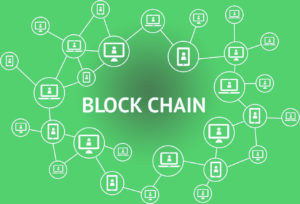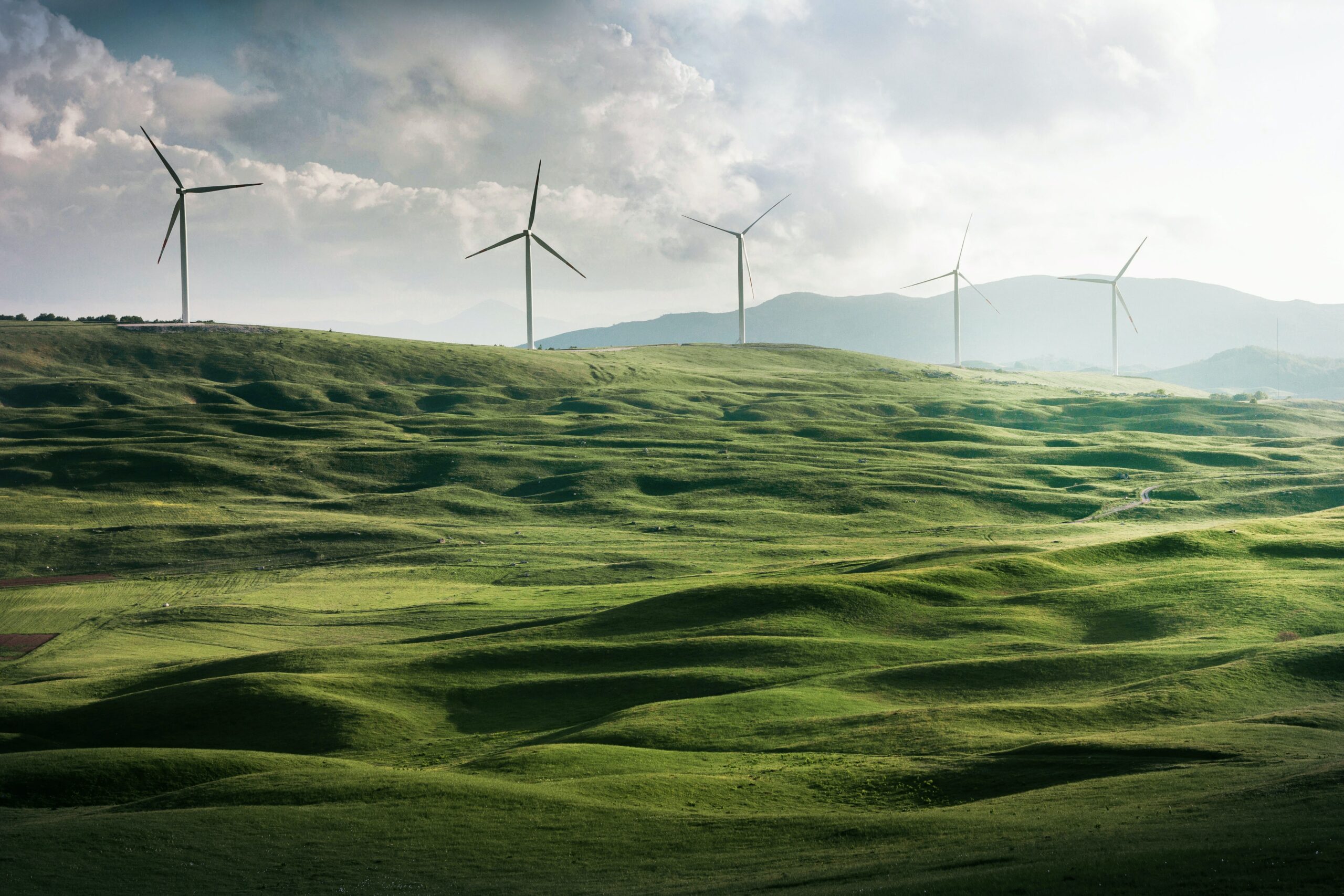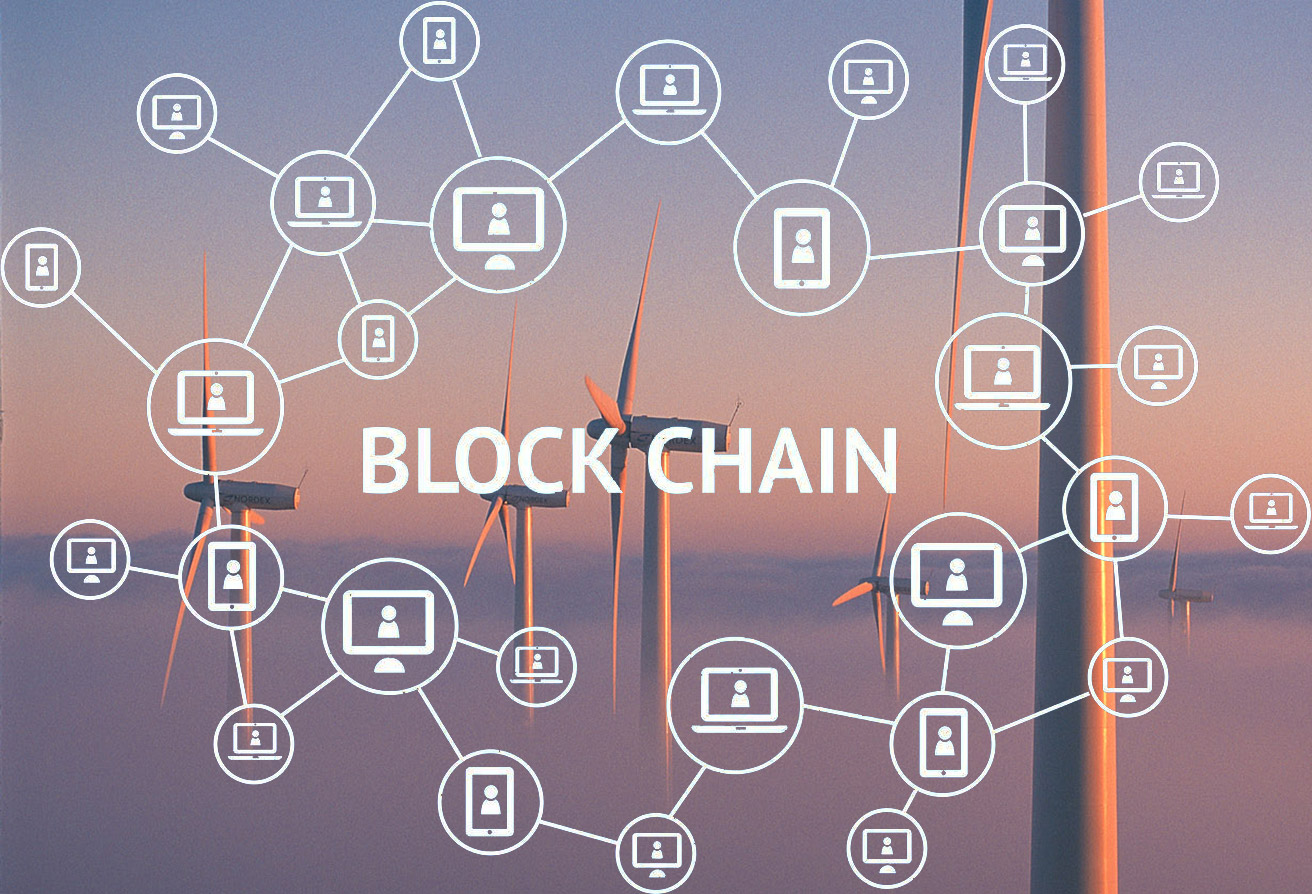Greening the Blockchain
2017 was the year of Bitcoin: the cryptocurrency hit new highs, reaching over $4000, with other alt-coins shooting up in value in its wake, and nations, large organisations and banks starting to look at it seriously.
Essentially cryptocurrencies are two intermingled technologies: the financial tokens – that is the digital “coins”, and the backing distributed-ledger technology: the Blockchain. It may be that the latter will be seen as the more important technological breakthrough.
Blockchains are peer-to-peer networks of computers which record and validate transactions. Unlike other systems, there is no central “trusted” authenticator; for example – if you use your debit card in a shop it is your bank that is the final party that assures you have enough credit to purchase an item. With the blockchain it is the entire network that does this.

The advantages are in greater efficiency and it is much more difficult to have false data incorporated. Blockchains are not passive and can trigger “smart contracts” when various criteria are met. There are massive implications for improving environmental systems.
Greening the Blockchain
Imagine that you are running a distributed energy microgrid, where lots of buildings input energy from their solar panels, wind turbines, heat pumps, and batteries, and use energy from the same system. Today there would have to be lots of accounting and submitting reports to stakeholders and higher bodies like the regulators or National Grid. A blockchain system automates all that – it would be transparent, error free and instantly available, for little transaction cost: for example bitcoin transaction costs are estimated to be between 1% and 0.1% instead of the 2.5-3% of conventional banking.
One project that is already happening is in New York, where a start-up called LO3 Energy is using the blockchain to manage clean power trading across a solar-fed microgrid that covers a city block filled with both residential buildings and industrial facilities. The idea is that if one building produces more electricity than it can use, it can allow another building to consume it. “When each piece of the grid has a blockchain, it knows how to react,” said Scott Kessler, director of operations for LO3.
Tracing Food Contaminants
Another major project is a consortium between IBM and major food companies including Walmart, Nestlé and others – the idea is to use a blockchain to track food products and identify quickly any spoiled or contaminated food so it can be removed from the supply chain, thus cutting down food-borne illness and reducing the high costs of recalls for retailers. IBM’s vice-president of blockchain business development, Brigid McDermott, said, “”A blockchain food safety programme is tremendously good because it provides transparency into the food system, which means that in the event that there is a problem like a recall, you’re able to quickly, effectively, surgically deal with that problem.” It is in development stage at the moment and only tracking two pork products but the commitment of such large organisations to developing a blockchain for this sector is an indicator as to how important they think it will be.
Projects for the future
There is no limit to the areas that this disruptive technology could reach – reducing costs and lowering emissions in many sectors: for example automatically generating renewable energy credits when a solar panel produces enough electricity. Monitoring the supply chain to energy farms so the necessary components will be shipped on time. Keeping track of ethically-produced textiles from farming, to processing, through garment production to shipping to sales in the shops. All these are a few of the potential ways that the blockchain could improve the manner in which our complex systems operate.
Please Visit Green Jobs for the latest Energy Efficiency Jobs, Energy Jobs, Energy Policy Jobs and Energy Saving Jobs
Please Visit Solar Jobs for the latest Solar Jobs, Solar PV Jobs and Solar Panel Installer Jobs
Please Visit Renewable Energy Jobs for the latest Renewable Energy Jobs and Renewable Jobs
Please Visit Wind Jobs for the latest Wind Jobs, Wind Turbine Jobs, Wind Farm Jobs and Offshore Wind Jobs


